The story of our centre
Some people know us eigther under the name of Injured Birds Rehabilitation center or Regional Wildlife Rehabilitation Center. The story of our rehabilitation centre started in 1978. Lets find out the key dates of our story.
| 1972 | Alain Dalmolin was a young teacher when he started to heal tawny owls, eagle-owls and raptors in the city of Aiguillon located in Lot-et-Garonne department. |
|---|---|
| 1978 | SEPANLOG (Société pour l'Etude, la Protection et l'Aménagement de la Nature dans le Lot-et-Garonne), a non profitable association working for nature protection, opened a first wildlife rehabilitation centre in the city of Tonneins. Alain Dalmolin, who healed approximately 170 birds since 1972, becomed the manager of this structure. The first center was located on a parcel located in La Tronce, a suburb of Tonneins. |
| 1979 | The center moved in parc Ferron on a parcel of 5000 square meters which belonged to the city of Tonneins and which was in the past the old farm of the castle. The center took then the name of CRSFS (Centre Regional de Sauvegarde de la Faune Sauvage de Sud-Ouest). |
| 1985 | The center becomes an association under the status of association loi 1901 managed by volunteers. Laurent Joubert, sworn guard within the Mazière Natural Reserve then becomed director of the center. |
| 2002 | The oil tanker "Prestige" fails off the Spanish coast. The CRSFS which was the first French wildlife rehabilitation center organises with LPO Aquitaine the rescue of oiled avifauna recovered on the coasts of Gironde. A transit centre will then be set up and moved to Audenge to meet a growing demand for animal care, thus giving birth to the LPO Aquitaine centre in Audenge. |
| 2004 | The CRSFS undergoes huge financial difficulties and is obliged to close. The association was then dissolved in 2005. |
| 2006 | The CRSFS reopens and undertakes rehabilitation work of the facilities. A rearrangement of the spaces will thus allow to welcome new species including the NAC (New Pets) that the Customs service seizes more and more with the increase of animal traffics. |
| 2017 | The CRSFS undergoes again huge financial difficulties despite the fact that it has welcomed between 600 and 800 animals every year since its reopening. However, it is known to be one of the best equipped in France and to have welcomed species benefiting from a National Action Plan, such as a Bonelli’s eagle, one of the rarest species in France. Unfortunately, the centre has to close again. |
| 2020 | The Association for the Reopening of the Care Center is created and allows the reopening of the center which then bears the name of CSFST. The 1st animal was welcomed there in December. |
Our missions
Our main mission is to welcome and care for wild animals until they are fit to be released into the wild. Animals are usually brought to us either by individuals, by our repatriators, or by the French Biodiversity Office. They are usually found directly in nature and in a state requiring our care, but it also happens that animals seized by the authorities are taken in clandestine centers of animal traffic.
When an animal is taken over by our services, we must provide care that will allow it to recover as quickly as possible, while taking care that the animal does not get used to the human. This is sometimes the most complicated because the goal is always to give the animal a chance to return to nature without interfering with its survival instinct.
We have to be careful about the seasons, the climate, and the location when we release an animal. Thus hedgehogs entrusted to us before winter will spend their hibernation period in the center with us. This also applies to certain species of migratory birds. Even though most animals are released close to the centre, we sometimes travel several kilometres to release an animal in an environment that is appropriate for it. Some seabirds, which may have arrived here disoriented by the coastal winds, are sometimes released near the coast. We also collaborate with other centres in France for certain species that have become rare in our territory and that require special monitoring.
When a juvenile is entrusted to us, we feed him at the rate that should have been lavished by his mother. We also use boilies or incubators, depending on the situation, to adapt the temperature to the good development of the animal.
Among the most difficult missions for us, euthanasia is given to animals whose wounds or disease will not offer the animal any chance of survival
Finally, we track every year all the animals that are accepted in our center, and this allows us to follow the evolution of species in our territory.
The team
The association that manages the care center is managed by a team of 7 people. The association also has 2 employees per year. Let me introduce them to you:
 |
Christine Salane President of the association |
Christine is retired from Art. From 1994 to 1996, she was Secretary of the CRSFS founded by A. Dalmolin, then under the chairmanship of MP Tuffery. She then served as Vice-President of Laurent Joubert until the first closure. She has also been an administrator at Sepanlog since 2017. She joined the CSFST board when it was created in January 2020. |
|---|---|---|
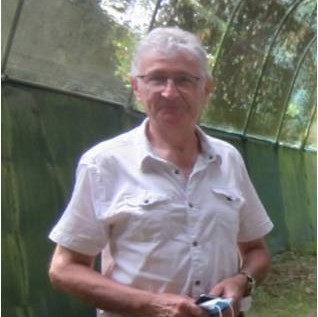 |
Bernard Perret Vice-President and treasurer of the association |
Bernard is a retired artisan of Art. He was administrator and co-chair of the Sepanlog from 2017 to 2021. He joined the CSFST board when it was created in January 2020. |
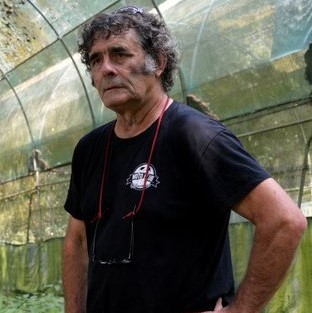 |
Michel Hoare Secretary of the association |
Michel has been passionate about birds for a long time. He has been working for years to defend wildlife by sharing his passion both through his photos, with his radio show and by taking groups in nature observation for the LPO. He also participates in the census of the species of the territory for the SEPANLOG and reports all year round many animals to the CSFST. |
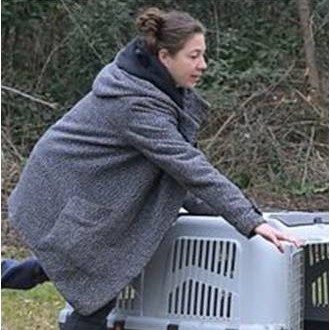 |
Lou Léveillé Healer |
Before working with us, Lou learned the job of animal care from the healers of 2 wildlife care centers, firstly Volée de Piaf in Brittany and secondly the LPO Aquitaine in Audenge. After having experienced volunteerism and civic service in her first centers, she joined the team as a primary healer when the CSFST reopened. |
The association’s board of administrators includes four other members : Dominique Michelin, Amandine Rachenne, Pierre Salane and Béatrice Vidalie.
Between March and October, the care team is strengthened with an additional employee and 2 civic services. Discover the faces of our 2024 care team:
Sarah  |
Our results
Following a problematic year 2022, with an increase by 25% of animals welcomed in the center during the first 7 months, including a peak of 32% for June alone, and then a sudden shutdown due to a prolonged heatwave, we did not know what would 2023 be for our activity.
For the readers who look at the table below, it might be difficult to analyze the evolution of animals welcomed and it might not be alarming at first glance. But for us, we see the consequences of the heatwave of 2022 and climate change in general. The classic pattern, juvenile animals in spring, young swifts in summer and young Hedgehogs in winters has been disturbed.
To fully understand the changes that are taking place, we must take into account past data. For years, the trend in all care centers in France is an increase in animal welcomed by 20% every years! So prepared ourselves to face again an increase for 2023 season and that was confirmed with 25% more welcoming before heatwave. Then the welcomings fell and stagnated on those of 2021 but with a complete different typology: exit the young swifts, exit the young Hedgehogs, replaced by the arrival of adult individuals impacted by the heatwave.

Find below the species we welcomed in 2023:
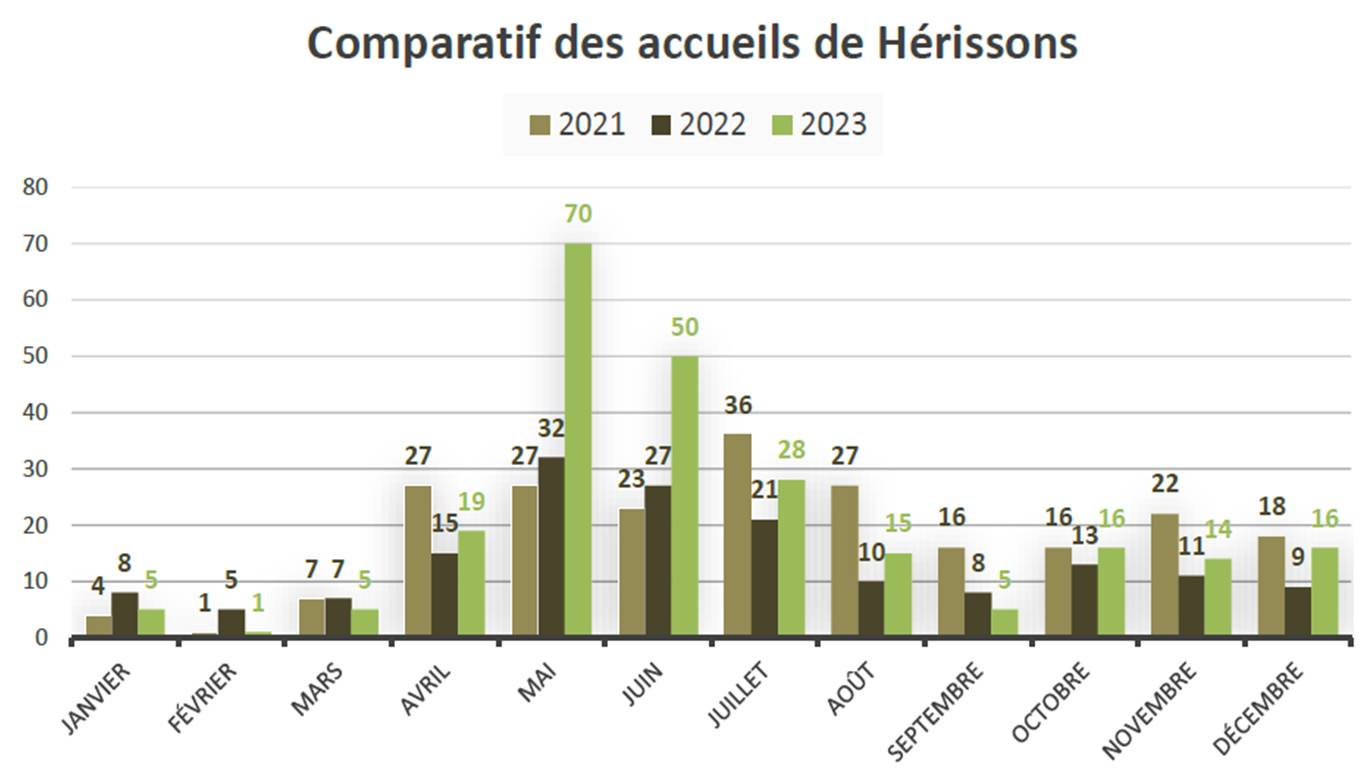 |
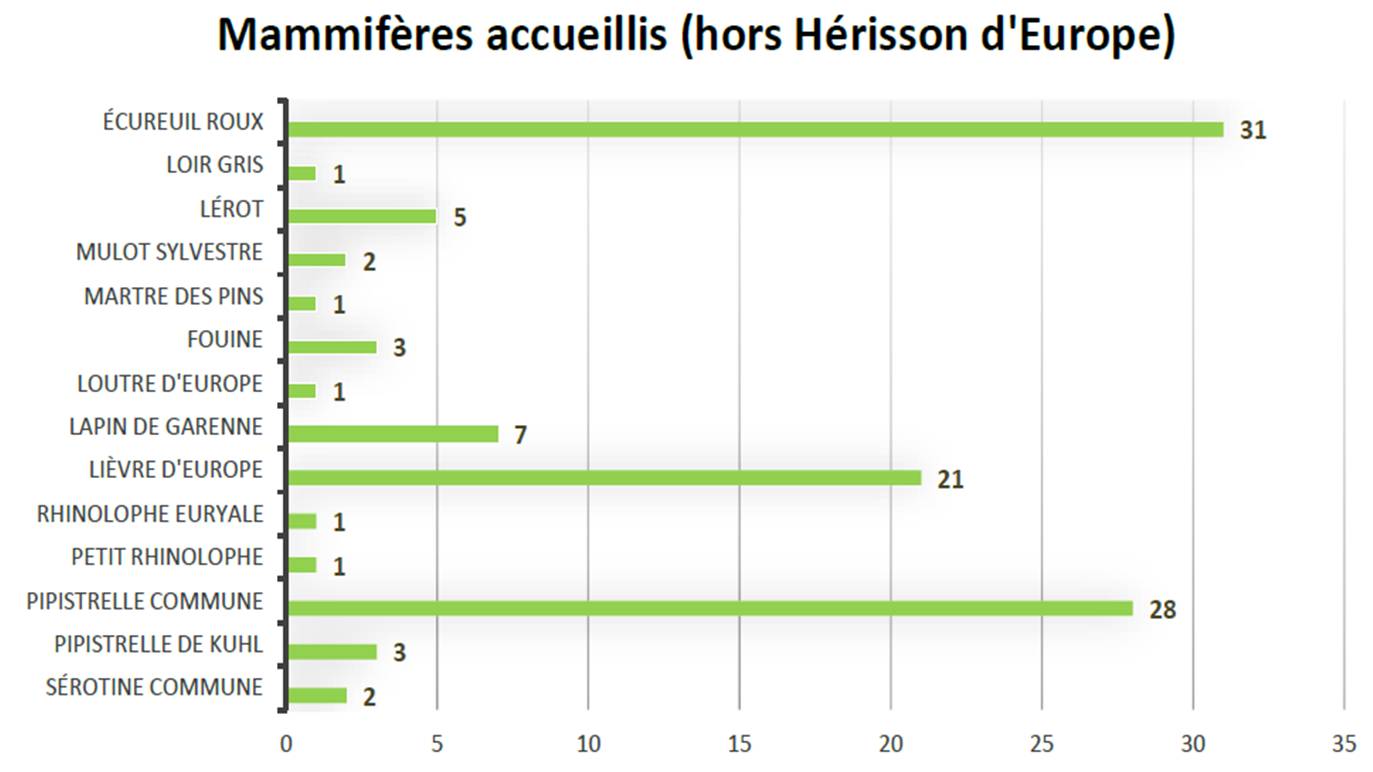 |
 |
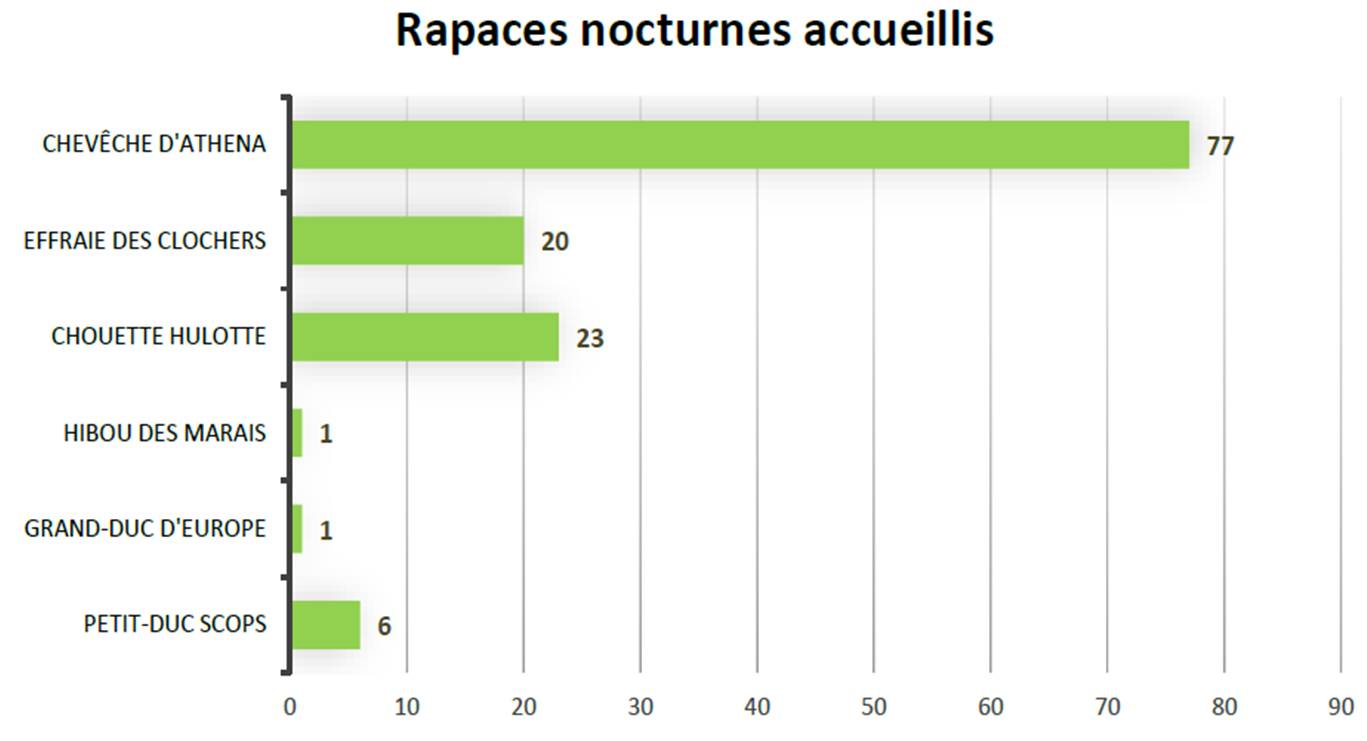 |
Find our full 2023 report with the link in the footer (only in french version).
And if you wish to read the 2022 report, we leave it in free access here (again, french only): Our 2022 activity Report

